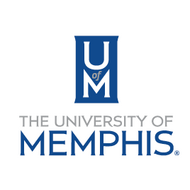
(View Complete Item Description)
For all intents and purposes, this show is the fourth edition of the textbook Computer Organization and Design Fundamentals by David Tarnoff. Since the first edition came out in 2005, the PDFs have been made free for download to anyone interested in computer organization. With the trend toward audio and video instructional material, it was time for an update.
The presentation of the material in this series will be similar to that of the original textbook. In the first third, we will discuss the mathematical foundation and design tools that address the digital nature of computers. This will include an introduction to the differences between the physical world and the digital world, how those differences affect the way the computer represents and manipulates data, and the use and design of digital logic and logic gates. In the second third, the fundamentals of the digital logic and design will be used to design common circuits such as binary adders, describe checksums and cyclic redundancy checks, network addressing, storage devices, and state machines. The final third will examine the top-level view of the computer. This will include a discussion of the memory hierarchy and its components, the components of a CPU, and maybe even a discussion of assembly language along with some examples.
Material Type:
Lecture
Author:
David Tarnoff




















